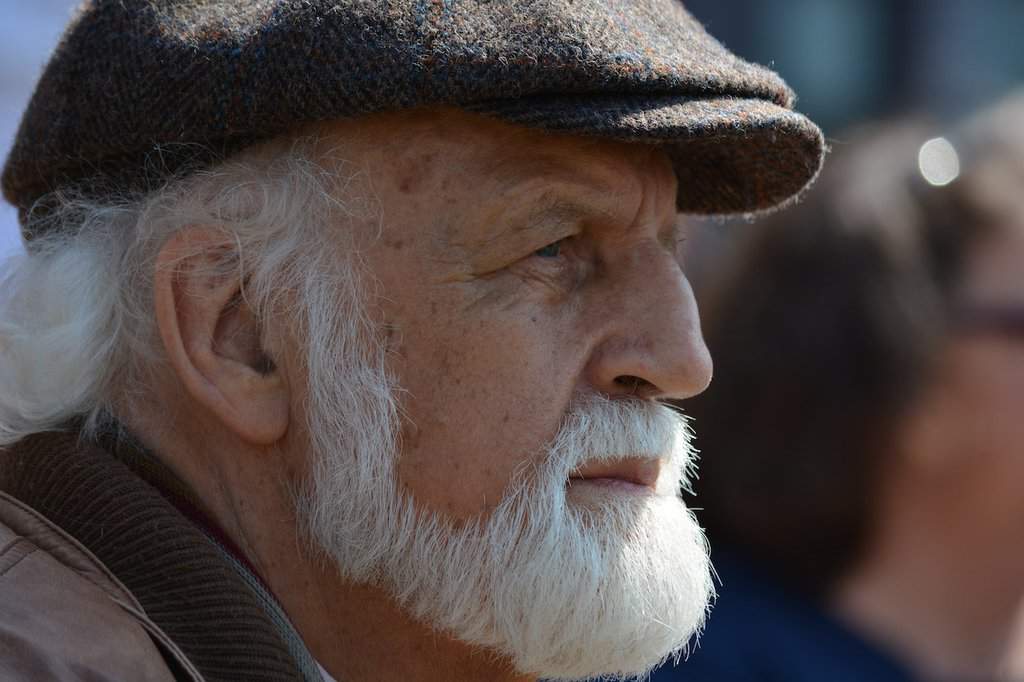Playing soccer is a great way for older people to improve their cardiovascular function, body composition, and ability to carry out everyday tasks, according to researchers. Staying active is essential as you age, yet 28% of people aged 50 and above don’t regularly exercise. As soccer is one of the most popular sports in the world, it makes sense to encourage aging individuals to get actively involved in it. And, this means making your soccer club as accessible and inviting as possible.
Create a dedicated league
From around 40 years of age, lean body mass starts to decline by up to 2% per year and strength decreases by as much as 5%. Having a mix of older people and younger people playing together can make older soccer players feel like the game is unfair and will leave them questioning their abilities. Having a dedicated soccer league for people over 60, for example, will make your soccer club much more appealing to the older generation. Not only will this mean they’re playing alongside players with similar abilities, but they’re more likely to have things in common. This is important off the pitch as it can improve socialization and prevent loneliness – something which affects 19% of adults aged 55 and over. Fort Bend Adult Soccer Club, Florida Suncoast Soccer League, and Southern New England Adult Soccer League are just a few examples of dedicated leagues for older people that are successful.
Be inclusive & accessible
Age increases the likelihood of being diagnosed with a disability. The Centers for Disease Control & Prevention (CDC) reports that 2 in 5 people aged 65 and over are currently registered disabled. Disabilities come in lots of different forms so inclusivity on and off the pitch is essential. The first thing people will see when arriving at your soccer club is the exterior, so it must be accessible to all. The parking lot should follow ADA guidelines and be clearly marked. Access aisles for vehicles carrying disabled people should be painted with hatch marks so it’s safe to load and unload. Eyesight typically declines with age, so directions into your building should be easy to read too. Inside your building, there should be at least one disabled bathroom and changing room. It’s also worth putting up grab rails throughout the interior so that people of all ages and abilities can safely get around your premises.
Be flexible & accommodating
A typical soccer game is played for 90 minutes, but as stamina declines with age, be flexible and arrange shorter games so that older people can comfortably join in. Playing on a smaller pitch as they do at Hovley Soccer Park in Palm Desert also works well, or you could try a buddy system. Buddy systems are frequently used by the Georgia soccer team where a different partner is assigned to encourage and support a specific player each week. By implementing a similar system at your club, the older players’ confidence and skills will grow. They’ll also build relationships which will persuade them to keep returning. Another simple yet effective thing you can do is modify the game. By using a lightweight and bright ball, it’ll be easier for an aging person to see the ball and kick it. As people age, bruising from minor injuries is more common, so using a lighter-than-normal ball can prevent unnecessary injuries.
Train your coaches
Not every coach or referee at your club will have experience training older soccer players. You can make sure your coaches and referees have the necessary skills and knowledge by giving them specialist training. This should cover things such as common disabilities in older people and how these may affect them playing soccer. They should also be taught how to make adaptations to the game and the need to provide additional support and encouragement. First aid training should also be a priority as older players are more likely to get injured playing soccer than younger ones.
Playing soccer can benefit older people in many ways, including boosting their physical and mental health. With this in mind, design a soccer club that welcomes aging individuals with open arms and accommodates all of their needs.

